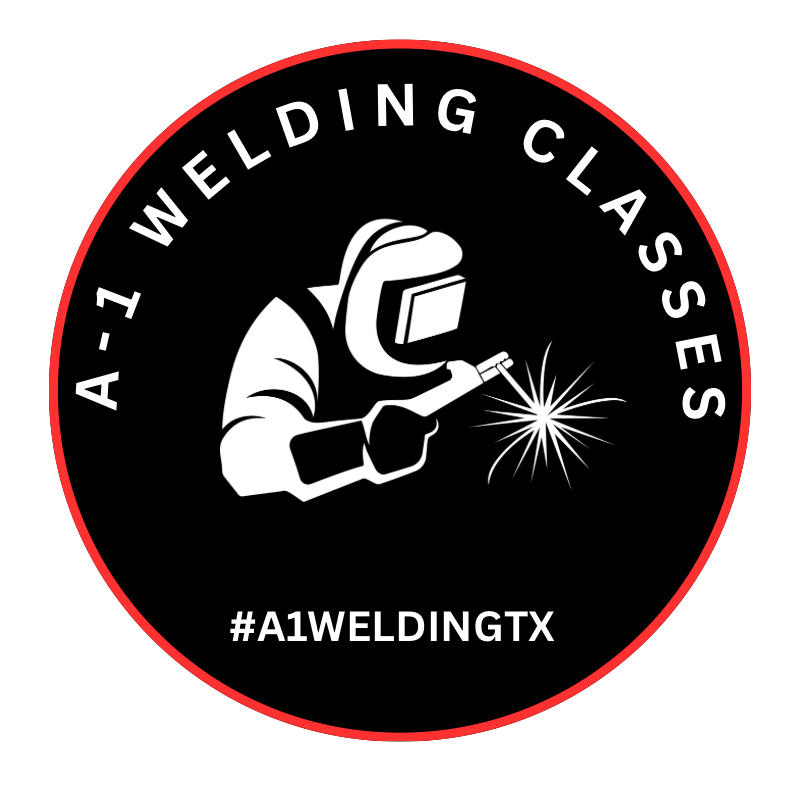Welding Tips: The Method for Welding Thick & Thin Materials, Joining the Two Materials
Have you ever found yourself staring at a welding project, wondering how to seamlessly join materials of vastly different thicknesses? It’s a common challenge, but one with elegant solutions that can elevate your craftsmanship. The key lies in understanding how heat and filler metal interact with each base material. For instance when welding thick materials, they need more heat from a higher voltage, slower travel speed to ensure proper penetration, making steady even passes to build up the weld, and preheating may be necessary for proper fusion and reduce cracking. Thicker materials may also require a double V-bevel for better penetration. When welding thin materials, it’s a bit opposite. They need lower voltage and faster travel speed to avoid burn through using quick torch movements. Thinner materials may also require pulse welding (also known as spot welding) for better heat for better heat distribution leading to less warping or distortion. Now when you’re joining the two materials together, it’s a whole different approach. It’s important to get enough heat to the thick without burning through the thin material, position your torch slightly more toward thick material, spend more time on the thick to ensure more heat, and just enough time on the thinner material to puddle it. Practice is key to finding right settings and technique. Let’s take a look at some tips that might help you!
Welding thick materials: Thick material needs more heat from a higher voltage, slower travel speed to ensure proper penetration, making steady even passes to build up the weld, and preheating may be necessary for proper fusion and reduce cracking. For thicker materials may require a double V-bevel for better penetration.
Welding thin metal: Thin material needs lower voltage and faster travel speed to avoid burn through using quick torch movements. For thinner materials they may also require pulse welding (also known as spot welding) for better heat distribution leading to less warping and distortion.
The approach for joining the two materials: Joining the two materials, its important to get enough heat to the thick without burning through the thin material, position your torch slightly more toward thick material, spend more time on the thick to ensure more heat, and just enough time on the thinner material to puddle it. Practice is key to finding right settings and technique.
Ultimately, the most successful method often involves a combination of these techniques, tailored to your specific materials and the demands of your project. It’s about thoughtful preparation and a mindful approach to heat and material fusion.
Teaching a Trade That Never Fades

